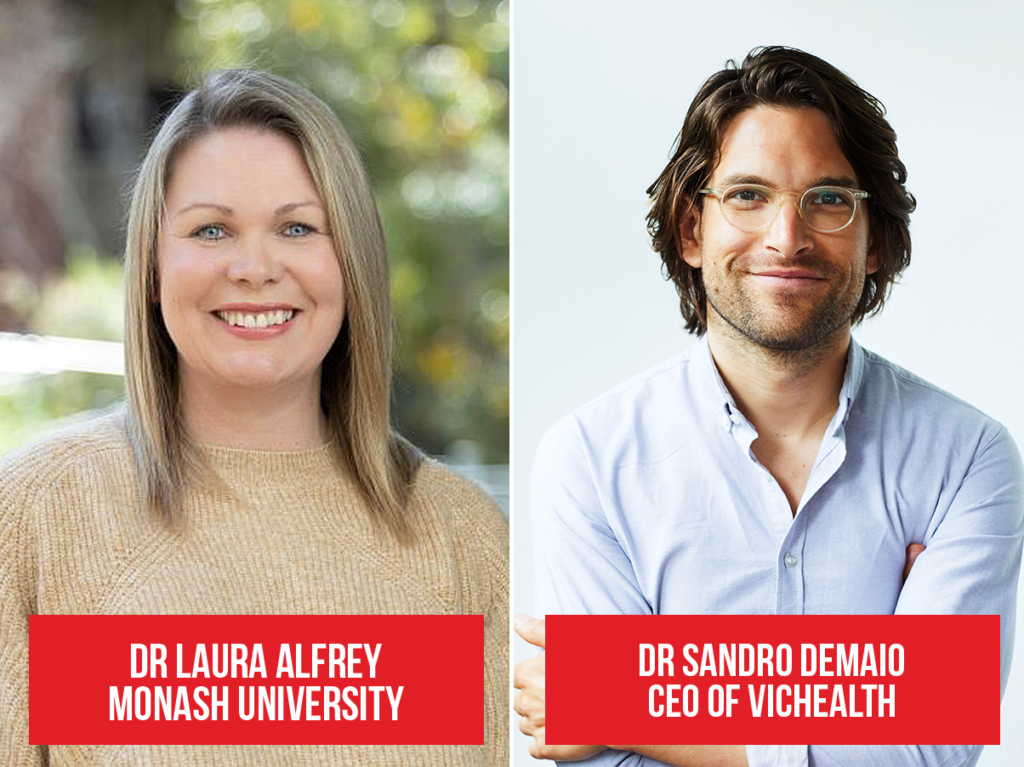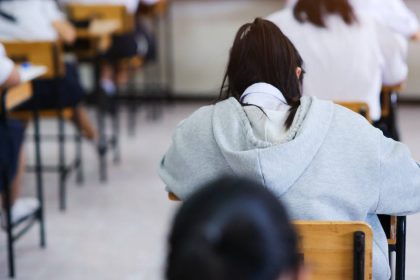A collaboration between Monash University and VicHealth, to develop a purpose-designed Minecraft Education Edition, Kids Building Future Healthy is an Australian first.
The ‘mission’ launches in Victorian schools in term 3 and calls on ‘healthy heroes’, aged 9–12, to design communities where people are more connected, active and enjoy wholesome food.
Block by block, students will take the reins as community health researchers and neighbourhood designers. Within the Future Healthy World in Minecraft, students will gather intel on different ways to solve health issues within their communities. To complete the mission, kids will design and build their ideal Future Healthy World.
Dr Laura Alfrey is a Senior Lecturer in the Faculty of Education at Monash University and told EducationDaily the initiative is designed to be utilised by individual schools and classes exploring health and food in different ways, “depending on their context and expertise”.
“In terms of the Victorian Curriculum, the Health and Physical Education curriculum is comprised of 12 focus areas (each must be taught through at least once in every two-year band), one of which is entitled ‘Food and Nutrition’,” says Dr Alfrey. “This focus area, which all children should have an opportunity to engage with from Foundation (prep), ‘addresses the role of food and nutrition in enhancing health and wellbeing. The curriculum supports students to develop knowledge, understanding and skills to make healthy, informed food choices and to explore the contextual factors that influence eating habits and food choices’. As suggested, however, we know little about the nature and extent of food education in Victorian schools. We would love to extend this project in ways that would help us know more about teaching and learning about Health and Physical Education, including food and nutrition, in primary schools.”

By offering this opportunity to learn in a fresh, engaging way via the unique Minecraft model, Dr Alfrey told EducationDaily, the initiative “allows children to develop critical and creative thinking, which is a capability that is expected to be developed across all curriculum areas, where possible”.
“With embedded support for both teachers and learners, the initiative encourages teachers and students to work together to design Future Healthy communities that are active, eat well and feel connected,” she says.
Her colleague at Monash University, Deana Leahy, is Associate Professor in the Faculty of Education at Monash University and says “the Kids Building Future Healthy is a project that evolved out of the need to provide an opportunity for primary school age kids to engage with learning about health”.
“In order to develop better solutions to the challenges we’re facing, we need to open up the conversation and hear from kids. They provide a different perspective and can play a key role in designing a healthier Victoria. This project asks kids to do local research and use that data to feed into their plans for building healthier communities,” says Associate Professor Leahy.
“Youth-led ideas and solutions to health challenges are so important because the students of today will be the adults of tomorrow. Some schools and teachers have already welcomed the program as a useful resource in their classrooms as it sparks creativity and teamwork.”
VicHealth CEO Dr Sandro Demaio describes the creation of the Minecraft mission as “about finding new and innovative ways to engage kids with fun and good health”.
“Kids Building Future Healthy is a creative project that inspires kids to learn about health by giving them a voice in what a healthy future could look like,” he says. “As tomorrow’s leaders, no one is better placed than young Victorians to tell us what this future should look like.”

The most innovative student builds will be displayed on the VicHealth website so that the community and key decision makers can consider them as prototypes for creating a future that’s healthier, fairer, better. The top three builds will also receive an exclusive opportunity to present their ideas to their local government leaders.
As part of VicHealth’s Future Healthy initiative – a $45 million investment over three years helping Victoria’s young people aged 0 – 25 and their families – it is hoped that improved health literacies and capacities will help Victorian children become health advocates in their local community.
From her perspective as CEO of the Stephanie Alexander Kitchen Garden Foundation, Cathy Wilkinson told EducationDaily that news of the initiative sounds positive.
“Kids learn best when real-world connections come to life. Students who explore the health connections in the Future Healthy World can have their experience enhanced by initiatives like the Kitchen Garden Program – which brings the STEM learnings off the screen and into the real world,” says Dr Wilkinson. “These practical, hands-on skills can help enable students to develop positive food, health and sustainability habits for life.”







